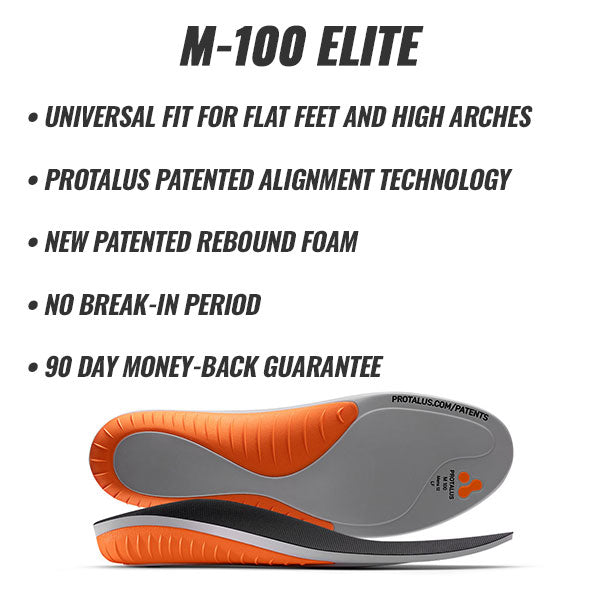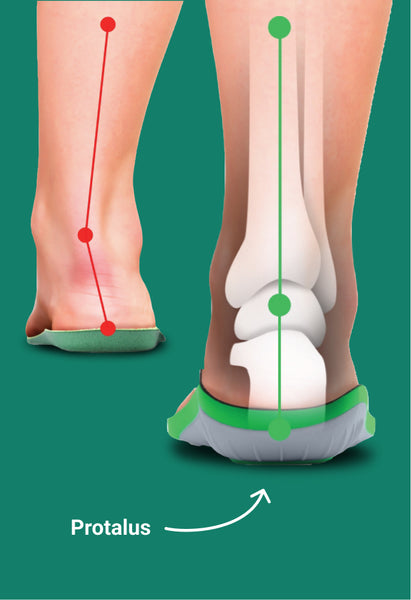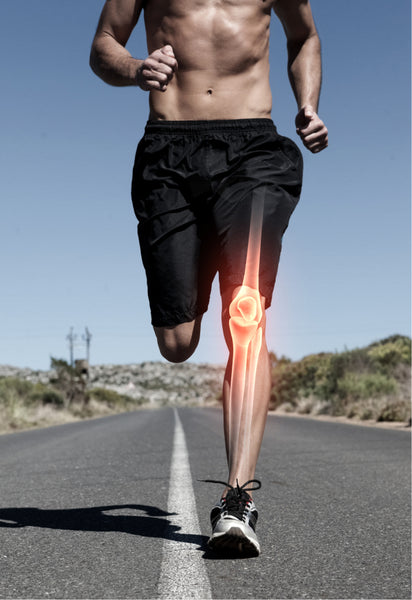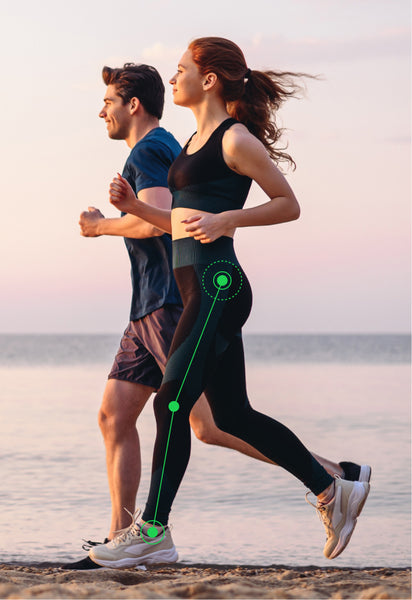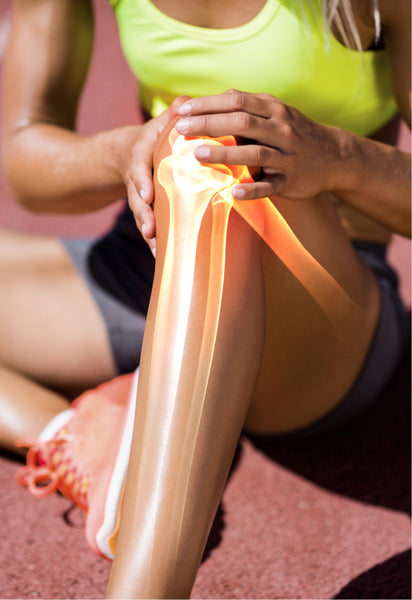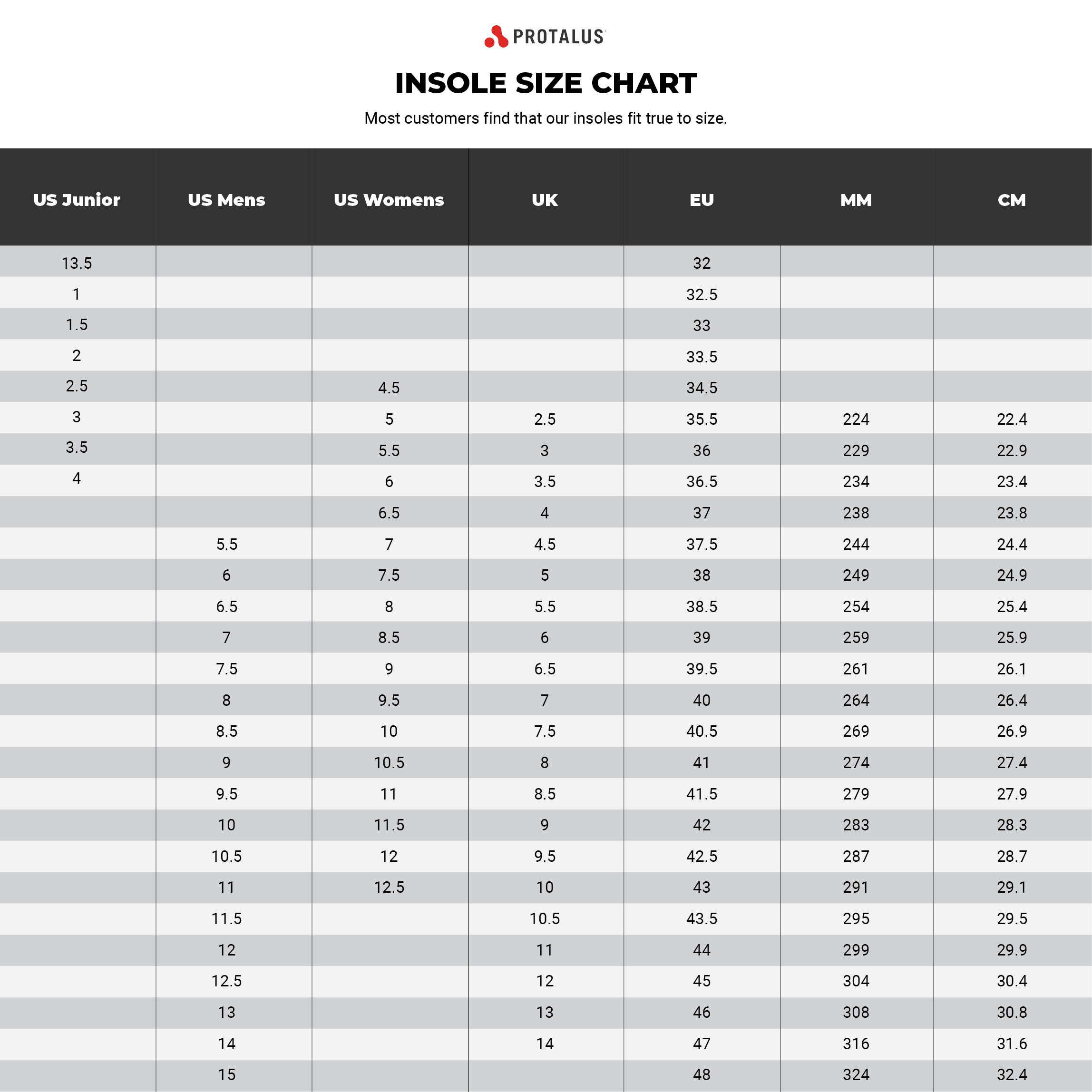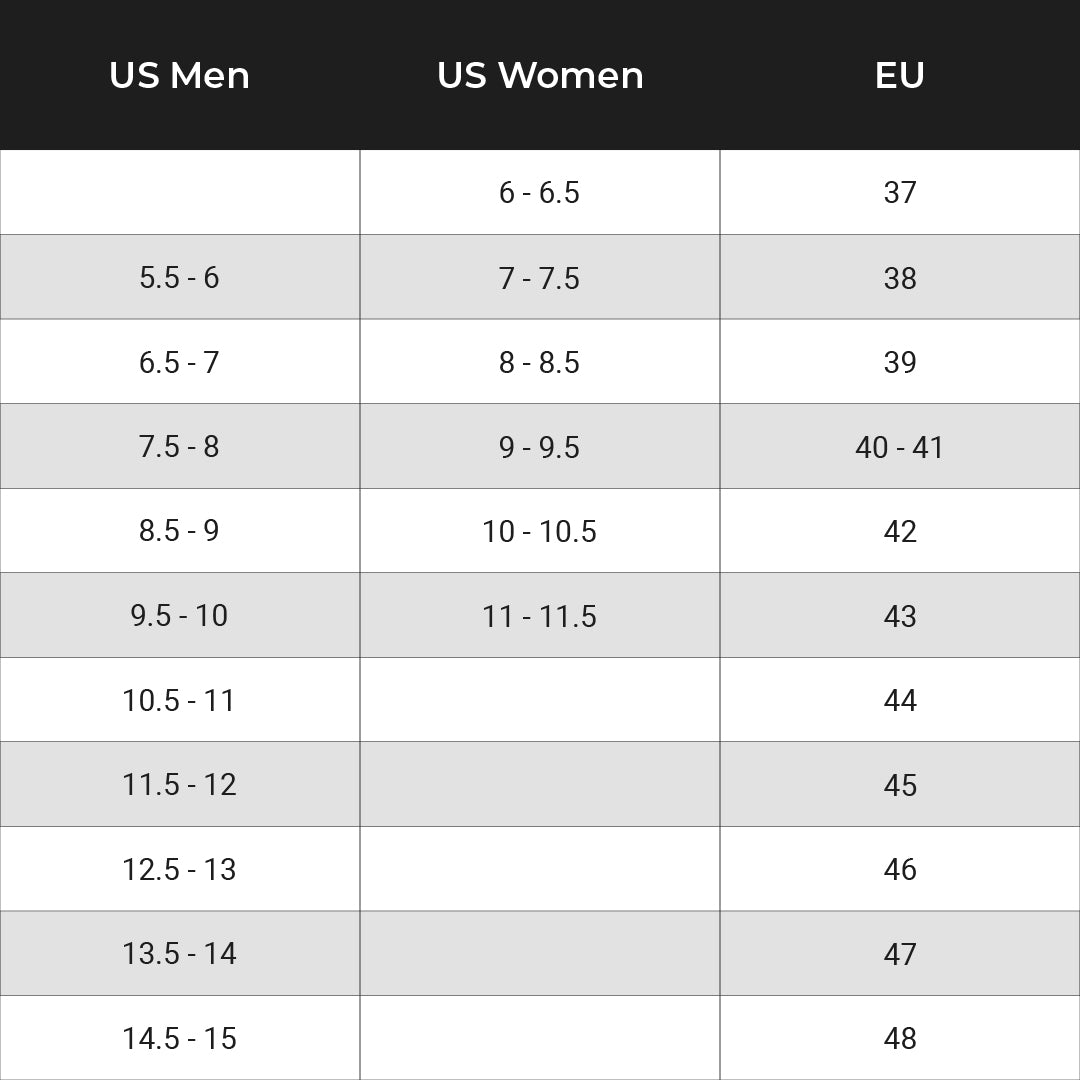Heel Blisters while Hiking
Going on a hike can be a really enjoyable activity when things go right, however, nobody has fun when blisters are involved. Heel blisters can stay around for days after the hike, and they make walking a pain. So let's learn about what causes blisters, how to prevent blisters from forming and how to care for blisters before they get too bad.
What causes blisters when hiking?
Friction, heat, and moisture are the main contributors to the formation of blisters. Moisture or sweat can be a major factor because is softens the skin and makes the heel more susceptible to damage. Friction is caused by the heel rubbing on anything it comes in contact with. This can be from a sock sliding down, or simply having the back of the shoe rub on the heel. The upper layer of the skin (epidermis) separates from the other layers and fluid enters, causing a blister. Heat can also weaken the skin, increase moisture, and warm up the skin to increase friction.

How to prevent blisters
There are numerous ways to prevent blisters, or at least minimize your odds of getting a blister. Prepping for the hike and being aware that a blister can happen are major factors for reducing the likelihood of a blister.
Getting proper fitting shoes and breaking them in before the hike is crucial. Ill-fitting shoes cause the foot to slip and slide around which leads to friction. Wearing proper-fitting shoes keeps the foot snug and will minimize the chances of getting a blister. As an extra step, wearing shoe insoles that promote alignment, like the Protalus M100, will reduce the likelihood of heel pain, and will help keep the ankles straight and aligned.

Wearing the correct type of socks and making sure they are dry is also important. Wool and synthetic socks help keep the foot dry and won’t retain moisture. Cotton is not as desirable of a sock material as it soaks up moisture and can trap sweat near the foot. If your socks get wet, having a backup pair to change into is key.
Even doing all of this isn’t always enough to prevent heel blisters. Heel tape or blister bandages can be worn as an added method of prevention. Most heel tape works as an adhesive that sticks to the back of the heel to prevent friction.
Tending to blisters
Treating a blister is important. If a blister is already present, it will be painful to touch. It is important to check with a doctor before trying to treat yourself at home. Home treatment may include loosely covering the blister with padding or a bandage to reduce further friction and alleviate pressure spots. Draining the blister can lead to an increased chance of infection. Make sure the area is kept clean and dry.

Conclusion
Going on hikes should be a fun and enjoyable activity, so preventing blisters is key. There are multiple ways a blister can form, and numerous ways to minimize the chances of getting one – the bottom line is that moisture and friction are the recipe for a blister and reducing those factors helps you to avoid them.
Recommended Posts
Saying Goodbye to Leg and Foot Pain: The Power of Insoles
by Scott Anderson • September 30, 2021Kick leg and foot pain to the curb with the proper shoe insoles! Discover relief now!
How Plantar Fasciitis Sufferers Find Comfort with Insoles
by Scott Anderson • September 30, 2021Say goodbye to leg & foot pain! Insoles like Protalus T-100 offer relief, support & comfort.
Flat Feet: What It Really Means for Your Feet and Body
by Scott Anderson • September 30, 2021Flat feet? Discover the challenges and relief with Protalus insoles! Say goodbye to pain, improve stability, and boost performance. Read more!







